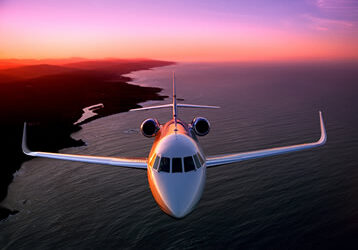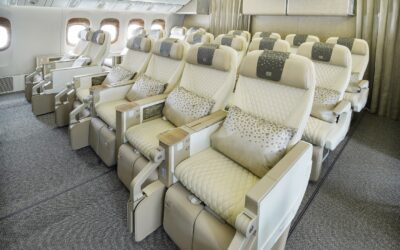How to plan your next flight to the Bahamas

Photo from the AOPA
The Bahamas have long been a popular vacation spot, but relatively few people can say that they’ve flown themselves there. Unlike an ordinary domestic flight, a flight to the Bahamas requires some additional pre-trip planning for the aircraft, pilot, and passengers.
The preparation requirements for this flight are similar to that of any regular aviation operation, just with a few additions.
The pilot in command must have:
● A current passport
● Pilot certificate with English-proficient endorsement
● Valid medical certificate
● A restricted radiotelephone operator’s permit
● A letter of authorization if the aircraft is not registered in the PIC’s name
● Three copies of the C74 Bahamas Cruising Permit form.
● One Bahamas Immigration Card per person aboard
The passengers must have:
● Each passenger must have a current passport
The aircraft must have:
● Have all AROW documents (Airworthiness Cert., registration cert., operating limitations information, and weight/balance information)
● A radio station license
● A life vest/flotation device for each person aboard
● An altitude-reporting/encoding transponder
● ELT communications on the aeronautical emergency frequency 121.5 MHz and/or 406 MHz.
Additionally, Customs and Border Protection requires an annual user fee decal ($29.96) –which may take a few weeks for delivery. You can download a paper application here.
When leaving the United States, pilots are required to be in communication with ATC and on a squawk code, all aircraft must be on a filed and activated flight plan (VFR or IFR), file eAPIS, close your flight plan with Nassau radio on 124.2 or 128.00 (To close you may call 1-800-WX BRIEF or Nassau 1-242-377-7176) before landing, and ensure that the first landing in the Bahamas is at a Bahamian Customs airport of entry. It is recommended to call ahead and announce your planned arrival time.
When leaving the east coast of Florida, the first landfall occurs at Grand Bahama Island (60 nm) or Bimini (50 nm). While conditions are typically VFR, GPS is the most reliable and accurate method of navigation and will get you to even the most remote of islands.

Nassau, New Providence Island and Freeport, Grand Bahama Island are the major population centers. Flight operations are conducted within the equivalent of a U.S. TCA with radar coverage. There are approach control, tower and ground frequencies and Nassau and Grand Bahama offer Flight Service facilities. The Bahamas Customs processing fee is $50 per aircraft
When you are in the country, there are a few more requirements. For island-hopping flexibility, obtain a cruising permit at your airport of entry. Flight plans are recommended for island flying although you may need to open and close them from altitude if phones are not available. VFR flying at night is prohibited except within the airport traffic areas of Freeport and Nassau. Some airports accept credit cards and some are cash only for fuel purchases.
When you’re ready to re-enter the United States, you must return your immigration tourist card and cruising permit, pay a $29 per person departure tax, file and activate a VFR or IFR flight plan, call U.S. CBP at least one hour and no more than 23 hours before your planned U.S. arrival time, file an eAPIS arrival manifest (if you filed eAPIS reports for both legs of your trip before you left the U.S., you do not have to file again), and if you are arriving in southern Florida plan to land at one of the following eight U.S. CBP airports of entry after crossing the U.S. border. Be on time, a little late is better than early.



Recent Comments